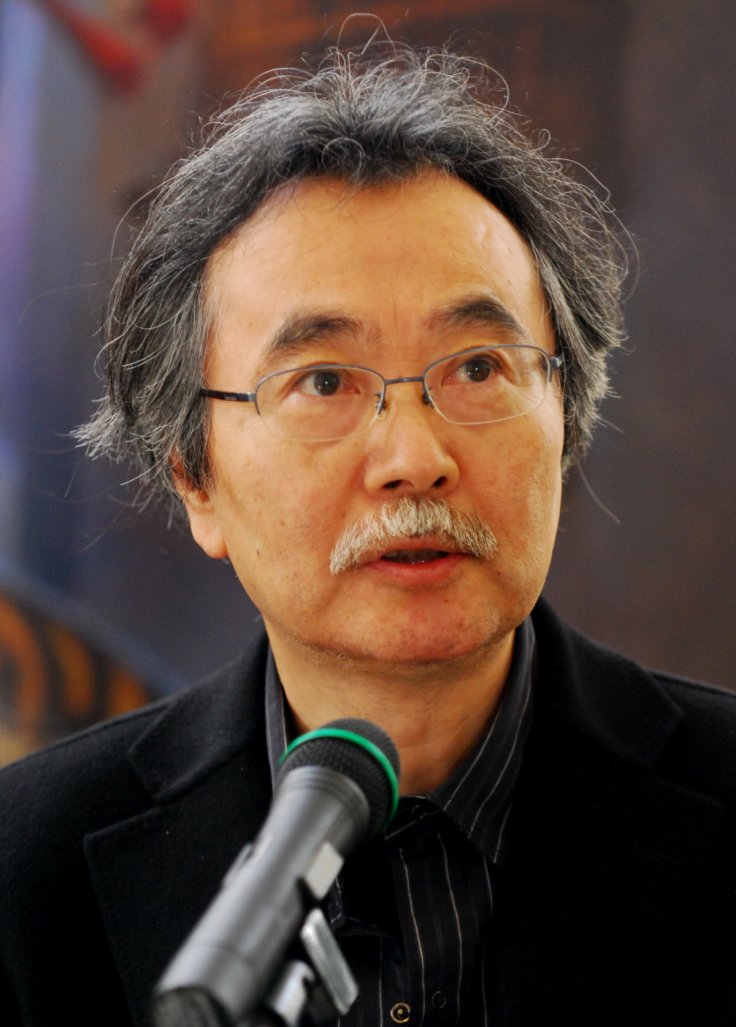
Jiro Taniguchi, a legend in the Japan's comic art of manga, died yesterday in Tokyo at the age of 69, leaving behind a wide international following for his exquisite lines depicting the everyday lives of ordinary people.
His publisher in France, Casterman, announced the death on its website expressing its deep condolences to the artist's family and calling him "an undisputed master of the comic world... who was a real coyote between the manga and the western comics."
Taniguchi was born in Tottori City in western Japan in 1947. According to the animenewsnetwork.com, "After working at a Western clothing wholesaler in Kyoto, he moved to Tokyo to pursue his aspirations of becoming a manga creator."
Early years
Largely self-taught, Taniguchi started his mangaka career as an assistant of manga artist Kyota Ishikawa. At the age of 24 in 1970, he made his debut with the manga Kareta Heya (A Desiccated Summer) published in the magazine Young Comic and developed his signature style of fine line art and shading without ink. During the same time, he came in contact with Kazuo Kamimura, the creator of Lady Snowblood, and discovered French-Belgian school of comics, which has strip stories format and was virtually unknown in Japan then. He was also influenced by the clear line style pioneered by Hergé, the creator of Tintin.
From 1976 to 1979, Taniguchi worked with scenarist Sekigawa Natsuo to write hard-boiled stories such as City Without Defense, The Wind of the West Is White and Lindo 3. From 1987 to 1996, he and Sekigawa wrote the historical trilogy Bocchan no Jidai, the fictionalised version of the life and times of Japanese author Natsume Soseki during an era of great cultural transformation in Japan from the traditional Edo period into the modern Meiji period. Taniguchi received Japan Cartoonists Association Awards' Excellence Award and Osamu Tezuka Culture Award (1998) for this work.
Masterpieces
From the 1990s, he began to focus on small things in everyday life, relations between people, and between humans and nature. Over the period of time, his stories became more contemplative and full of longing. In 1992, he published Aruku Hito (The Walking Man), one of his most notable work, in which he abandons plot to depict an anonymous middle-aged salaryman simply exploring his Tokyo neighbourhood on his spare time. Likewise, his Land of Dreams is a series of short stories about ordinary people and their pets.
Unique style
The variety of tones and genres in Taniguchi's work is exceptional. In his stories, he often used elements from his own life, most notably in The Almanac of My Father and more recently in A Zoo in Winter. He sometimes also introduced elements of Magical Realism, for example in A Distant Neighbourhood the main character goes back in time in his teenage years, and also in A Bright Blue Sky, an adult man finds himself in the body of a 20-year-old boy after a traffic accident.
A chevalier in France's Ordre des Arts et des Lettres, Taniguchi was highly popular in the west. Till 2015, his publisher Casterman had sold more than one million copies of his comics. Some of his work was also adapted in TV series and films. His work Kodoku no Gourmet manga, about a solitary salesman who travels across Japan to sample the local street cuisine, inspired a popular live-action television series. Likewise, he also wrote the manga that inspired the 2010 film "Quartier Lointain," adapted to screen by writer Philippe Blasband and director Sam Garbarski.
Related video: https://www.youtube.com/watch?v=MbB05r_TpS4


